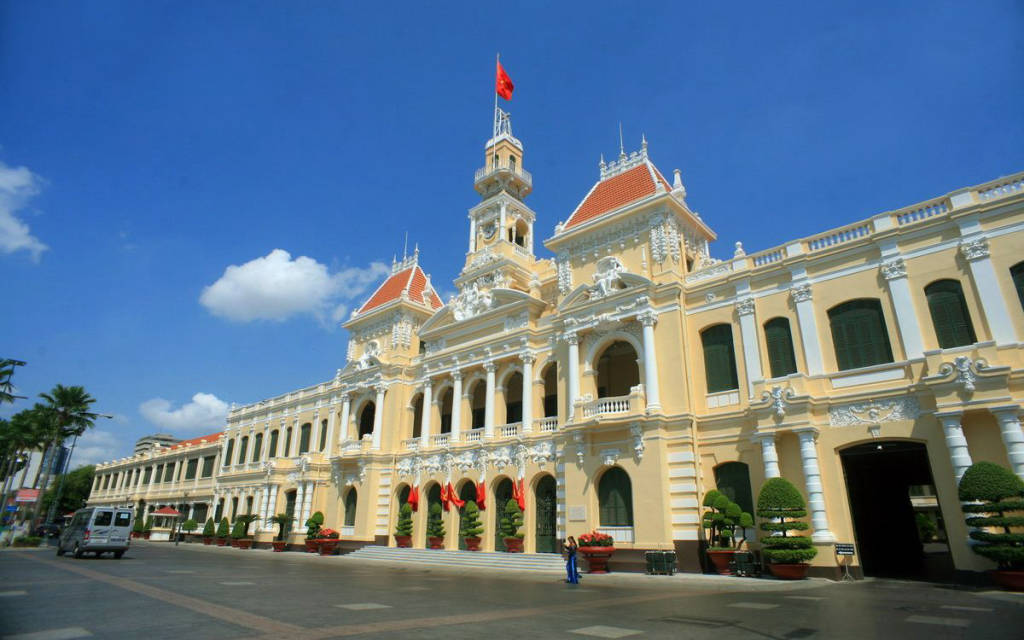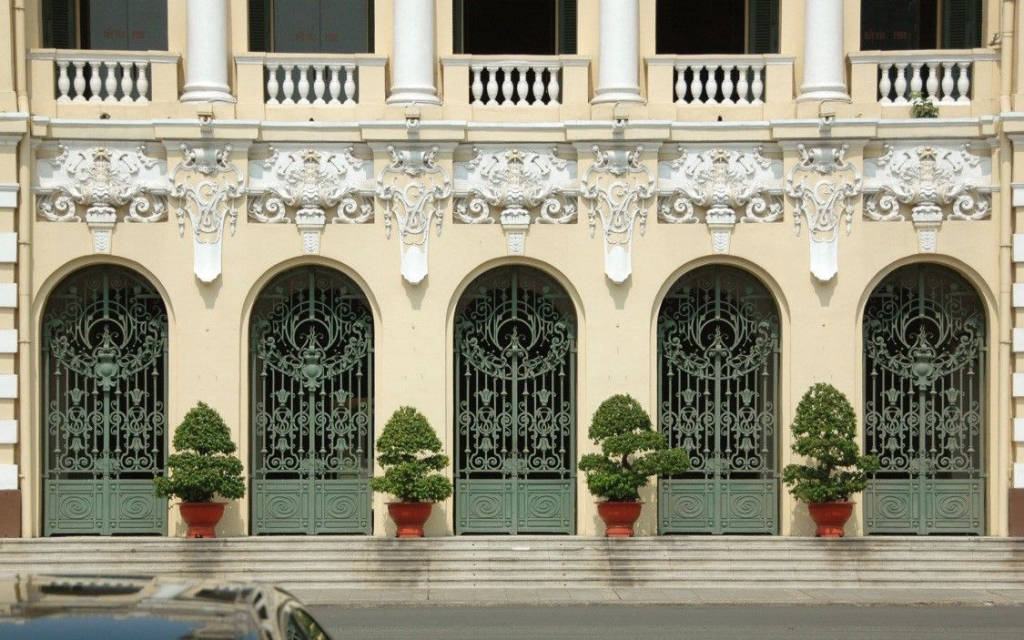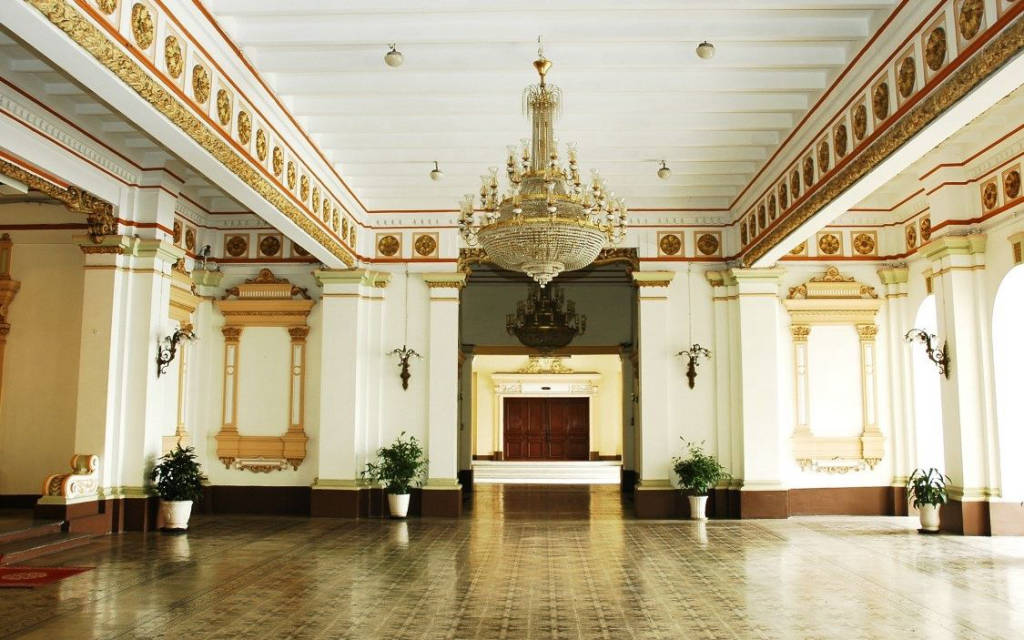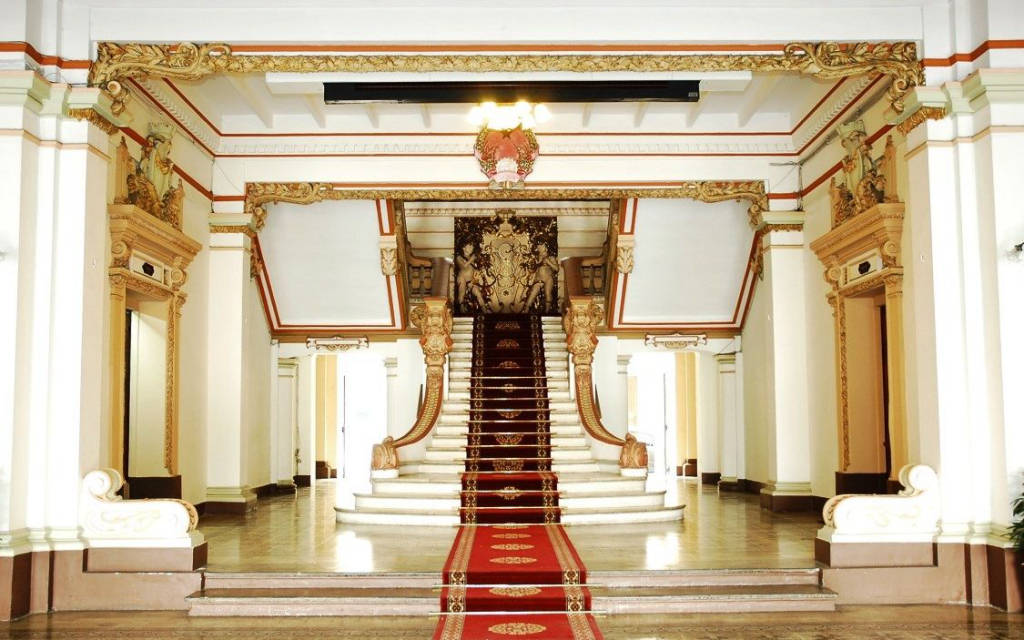Ho Chi Minh City People's Committee – An Architectural Masterpiece in the Heart of Saigon
Let Tatinta guide you through one of Saigon's most prominent architectural and historical symbols – the Ho Chi Minh City People's Committee. Known not only for its magnificent beauty but also for its cultural value, this is one of the city's unique architectural landmarks.
1. Prime Location
Ho Chi Minh City People's Committee is located at 86 Le Thanh Ton Street, District 1, right in the city center. The building faces Nguyen Hue Walking Street – one of the busiest and most vibrant areas in Saigon. With this strategic location, the building easily attracts attention, especially from first-time visitors to the city.
2. Historical Formation and Development
The building was constructed from 1898 to 1909 during the French colonial period and was initially named Hôtel de Ville de Saigon (City Hall of Saigon). It served as the headquarters for the French colonial government, symbolizing their power and grandeur in Saigon at that time. During the Republic of Vietnam, it was known as Tòa Đô Chánh Sài Gòn as it was the workplace and meeting venue for the capital's government. After the country's reunification in 1975, the building was used as the headquarters for the People's Committee of Ho Chi Minh City.
With a history spanning over 100 years, this building has witnessed the city's changes through various historical periods. In 2020, it was recognized as a national architectural and artistic heritage site. Since April 30, 2023, the building has been open for public tours (registration required), previously only allowing exterior photos.
3. Unique Architecture – A Blend of East and West
Ho Chi Minh City People's Committee was designed by French architect Femand Gardès, on a campus covering approximately 7500m², reflecting a Renaissance architectural style mixed with European classical elements. It was inspired by the Paris City Hall, featuring a central pointed tower and symmetrical roofs on either side.
Impressive Exterior: The façade is elaborately decorated with intricate details like bas-reliefs, goddess statues, and swirling patterns – all exuding a luxurious, classical charm. The building blends Baroque, Rococo, and Art Nouveau styles, with Corinthian columns and decorative motifs. Initially, the building only had the main hall with a clock tower and two single-story wings. In the 1940s, these wings were extended with additional floors. The clock tower features bas-reliefs of goddesses and angels, representing the French Goddess Marianne, symbolizing longevity and sustainability.
Grand Entrance: The arched main entrance features intricately designed iron gates. The side entrance on the façade allows cars to drive straight into the building's courtyard. The decorative motifs on the side gates are simple, with stylized garlands.
Louis XV Style Interior: From the main entrance, the grand lobby on the ground floor leads straight to a staircase going up to the first floor. The walls and ceilings are adorned with artistic designs, garlands, acanthus and laurel leaves in Louis XV style, along with geometric structures and stained glass. In 1966, three four-story buildings were added at the back, now housing various departments and the Department of Internal Affairs.
Harmonious Colors: The primary light yellow tone combined with prominent red tiled roofs makes the building stand out in modern Saigon.
Spacious Campus: Surrounding the building is a green space with neatly trimmed trees, providing a peaceful and harmonious atmosphere in the bustling urban area. This place also has a memorial plaque for the event on August 25, 1945, the day the Southern Provisional Government was inaugurated. The building has undergone several renovations and expansions, including the new wings added in 1966 and upgrades in facilities and lighting, especially the artistic lighting system installed in 2005.
4. Historical and Cultural Significance
Ho Chi Minh City People's Committee is not only an administrative headquarters but also a witness to the city's historical ups and downs.
Symbol of Power: During the French colonial period, it was the venue for important events and the political power center. After the country's independence, the building continued to play a crucial role in city management and administration.
Cultural Value: For the people of Ho Chi Minh City, the City Hall is not just an administrative building but also a symbol of national pride, representing the city's sustainable and dynamic development.
5. Ideal Check-In Spot
Although not open for public tours, Ho Chi Minh City People's Committee is still a must-see destination for tourists.
Nguyen Hue Walking Street: Located right in front of the building, the walking street is an ideal place to admire the entire structure and take stunning photos, especially at night when the building is brightly illuminated.
Festivals and Events: Ho Chi Minh City People's Committee is often the center of major events such as the Spring Flower Festival, Lunar New Year celebrations, or anniversaries, adding to the area's charm.
6. A Modern View of Saigon
You can feel the blend of past and present when standing in front of Ho Chi Minh City Hall. Alongside this historical landmark, modern buildings like Times Square, Bitexco Financial Tower, and bustling streets like Dong Khoi and Le Loi create a colorful picture of a city that is constantly evolving while maintaining its unique identity.
7. Conclusion
Ho Chi Minh City People's Committee is not only the workplace of the government but also a symbol of the city, preserving unique historical, cultural, and architectural values. If you have the chance to visit Saigon, do not forget to spend time here, admire the beauty of the structure, and feel the historical stories embedded in its architectural lines. Join Tatinta in exploring and capturing wonderful moments beside this symbol.









 86 Đường Lê Thánh Tôn, P. Bến Nghé, Quận 1, Tp. Hồ Chí Minh, Việt Nam
86 Đường Lê Thánh Tôn, P. Bến Nghé, Quận 1, Tp. Hồ Chí Minh, Việt Nam